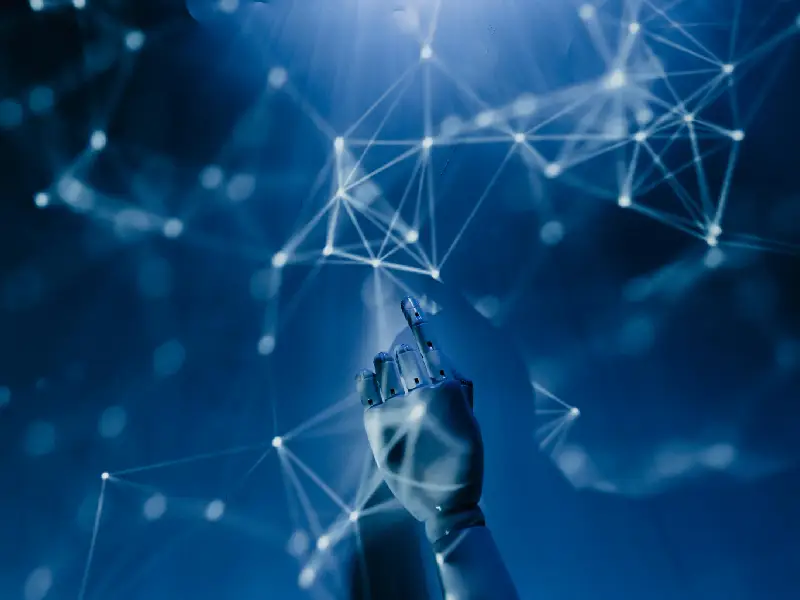Posted: June 21, 2025

AI is transforming photography from a traditional craft into an innovative, dynamic field where creativity and efficiency are both blending in the images for industrial revolution. It’s not just about automating processes; it’s enabling photographers to experiment in once impossible ways. We’re living through a pivotal moment in the image industry. What once required hours of manual work can now be done in minutes, and what once seemed creatively impossible is now just a prompt away.
For instance, AI-powered composition assistants can suggest framing improvements in real time, allowing photographers to capture more striking images effortlessly. Then there’s AI-driven editing software that can generate artistic effects, remove distractions, or even simulate different lighting conditions—all with just a few clicks. In a world saturated with visual content, speed and style have become non-negotiable. The demand for high-quality images, delivered fast, has reshaped how creative professionals work, and at the heart of this transformation is AI.
Today, artificial intelligence isn’t just a tool in the background. It’s actively reshaping the workflows, aesthetics, and expectations of the image industry. From photo editing and retouching to concept generation and asset delivery, AI is pushing the boundaries of both creativity and efficiency.
Beyond individual photographers, AI is influencing entire industries—fashion, e-commerce, media, and marketing—all of which rely on high-quality images. AI streamlines workflows, enhances visual storytelling, and even predicts trends based on consumer engagement.
While AI boosts efficiency, it also raises concerns about authenticity and the role of human creativity in photography.